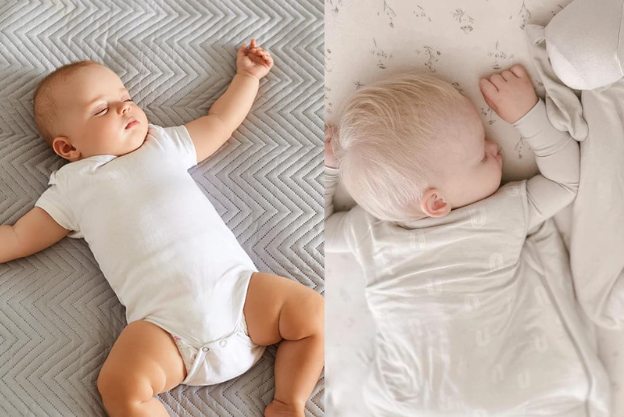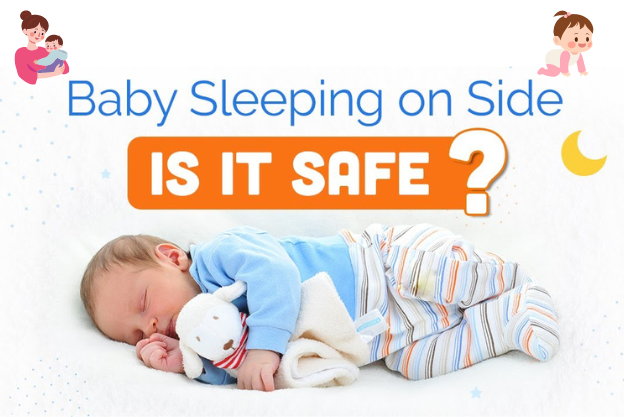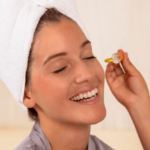Every Baby’s Growth & Comfort that you make sure they receive enough rest to grow. It’s normal for parents and other family members to have questions about what sleeping positions are the safest for their little ones. Is it safe for a newborn to sleep on their side and Also Best Dress Baby For Sleep? is a question that is sometimes asked
Understanding Safe Sleep Practices

Why Sleep Position Matters
A Baby’s Safety & Health can be greatly impacted by the way they sleep. Research suggests that the way a person sleeps has a major effect on reducing their chance of crib death, also known as sudden infant death syndrome (SIDS). The American Academy of Pediatrics (AAP) offers ideas to assist parents in making sure that their child sleeps in an environment that’s secure
The Back-to-Sleep Campaign
SIDS rates have dropped considerably since the Back-to-Sleep strategy was launched in the 1990s. The campaign places a strong emphasis on sleeping with babies on their backs, which has been found to greatly decrease the risk of SIDS. Based on major research, this idea has been accepted as the industry standard for healthy sleep practices with kids
The Risks of Side Sleeping

Potential Health Risks
Increased Risk of SIDS: Research has demonstrated that side sleeping is not as safe as back sleeping and can increase the likelihood of SIDS. Babies who sleep on their sides may be more prone to rolling onto their stomachs, which is considered a risk factor for SIDS.
Potential for Rebreathing: Babies sleeping on their sides may be at risk of rebreathing their exhaled air, which can lead to breathing difficulties and an increased risk of SIDS.
Developmental Concerns: Consistently sleeping on the side may lead to uneven head development or flat spots on one side of the baby’s head, a condition known as positional plagiocephaly
Safe Sleep Guidelines

Place Baby on Their Back: Always place your baby on their back for every sleep time, including naps and overnight sleep
Use a Firm Mattress: Ensure the mattress in the baby’s crib or bassinet is firm and free of soft bedding or toys that could pose a suffocation risk
Avoid Overheating: Dress your baby in appropriate sleepwear and keep the room at a comfortable temperature to avoid overheating
Safe Sleep Environment

Use a Crib or Bassinet: Place your baby in a crib or bassinet that meets current safety standards. Avoid using pillows, blankets, or bumper pads in the crib.
Share the Room, Not the Bed: The AAP recommends that babies sleep in the same room as their parents for at least the first six months but not in the same bed. This practice can reduce the risk of SIDS while allowing for convenient nighttime feedings.
Practice Tummy Time: While babies should sleep on their backs, it is essential to provide tummy time while they are awake to help develop their muscles and prevent flat spots on their heads.
Addressing Common Concerns

Can My Baby Sleep on Their Side for Naps?
No matter the time of day, the safest sleep position for your baby remains on their back. Whether it is a nap or overnight sleep, adhering to the back-sleeping position is crucial for minimizing the risk of SIDS
What If My Baby Rolls Over?
It is common for babies to learn to roll over as they develop. Once your baby is able to roll over on their own, it is still important to place them on their back to sleep initially. If your baby rolls onto their side or stomach during sleep, continue to ensure that their sleep environment remains safe
















